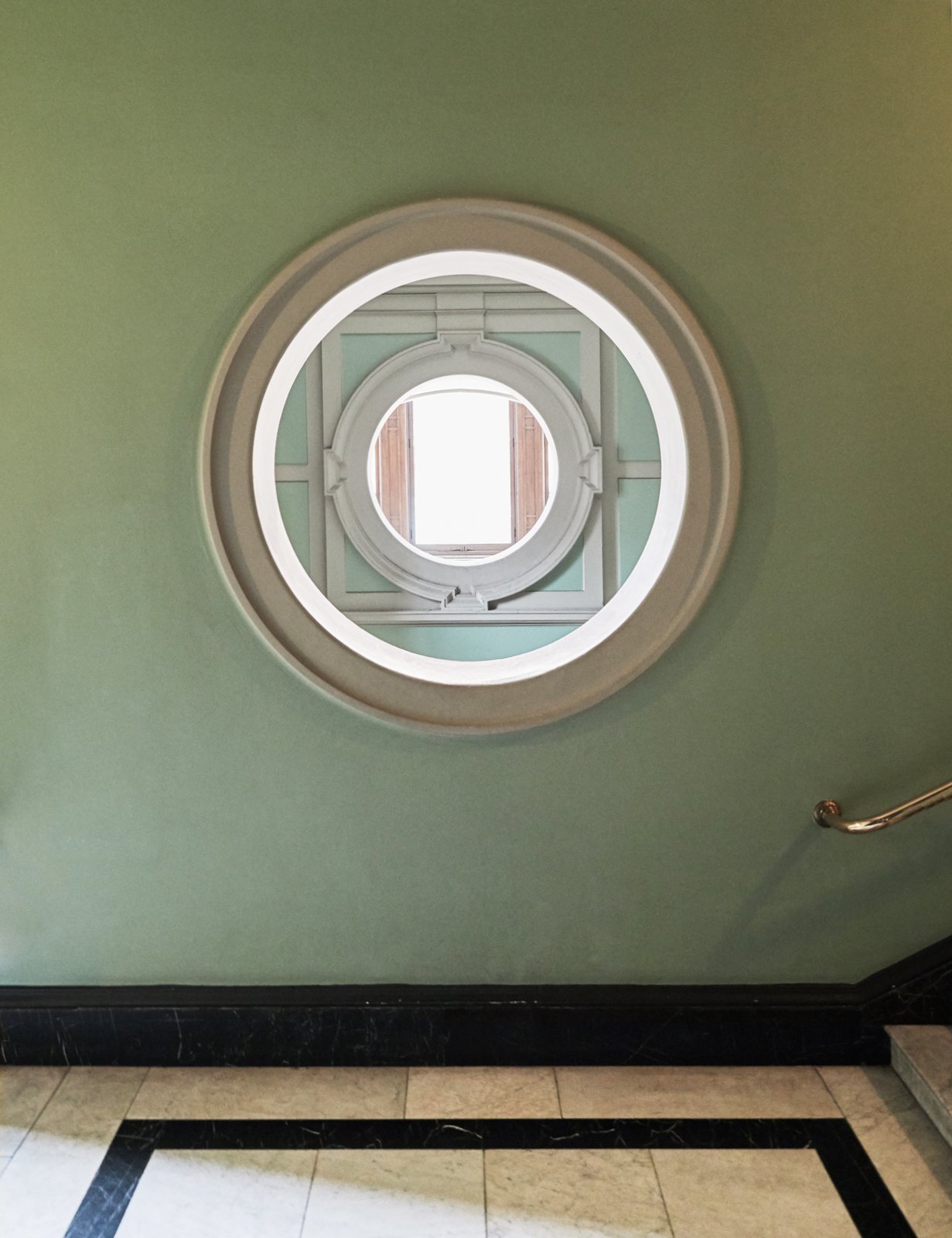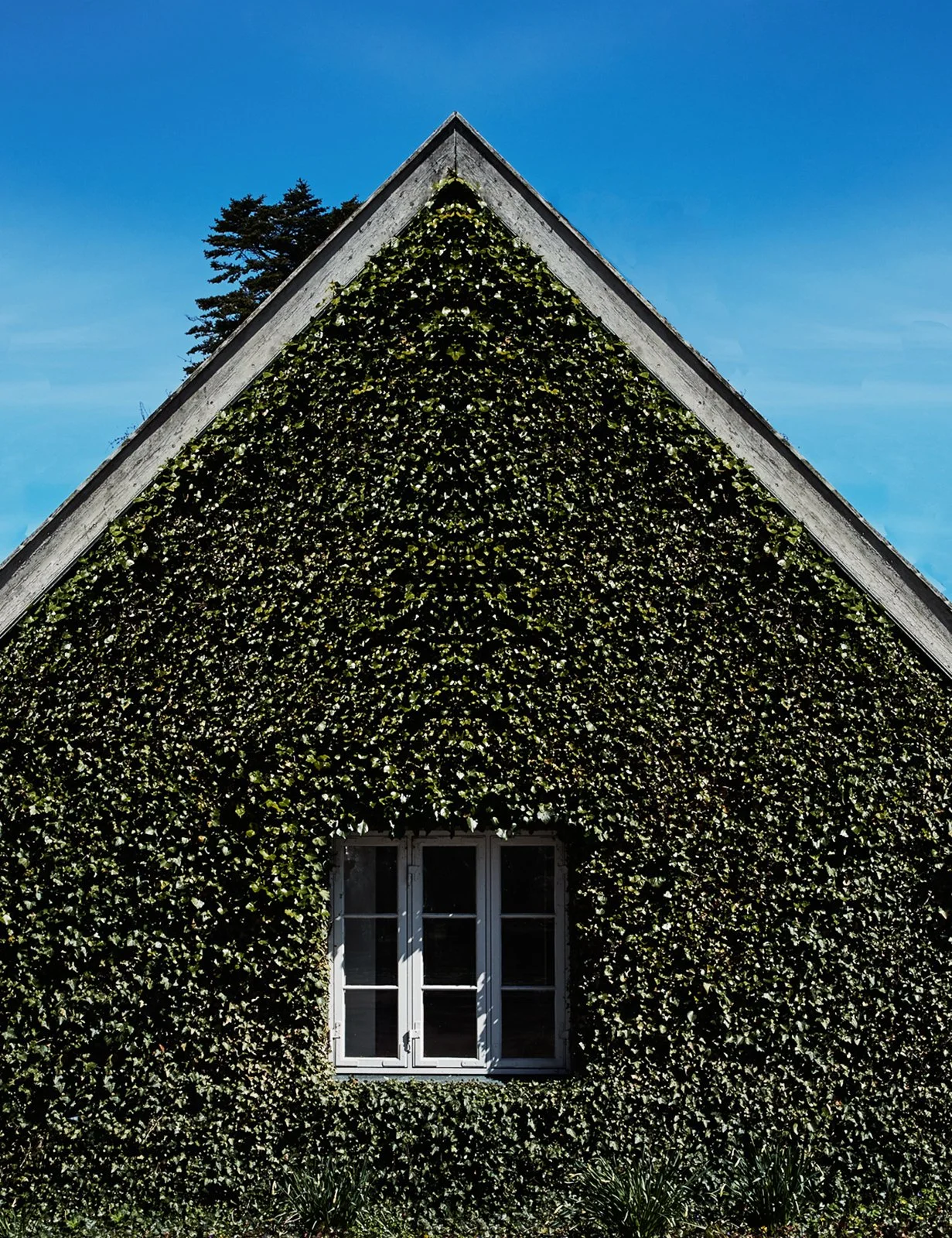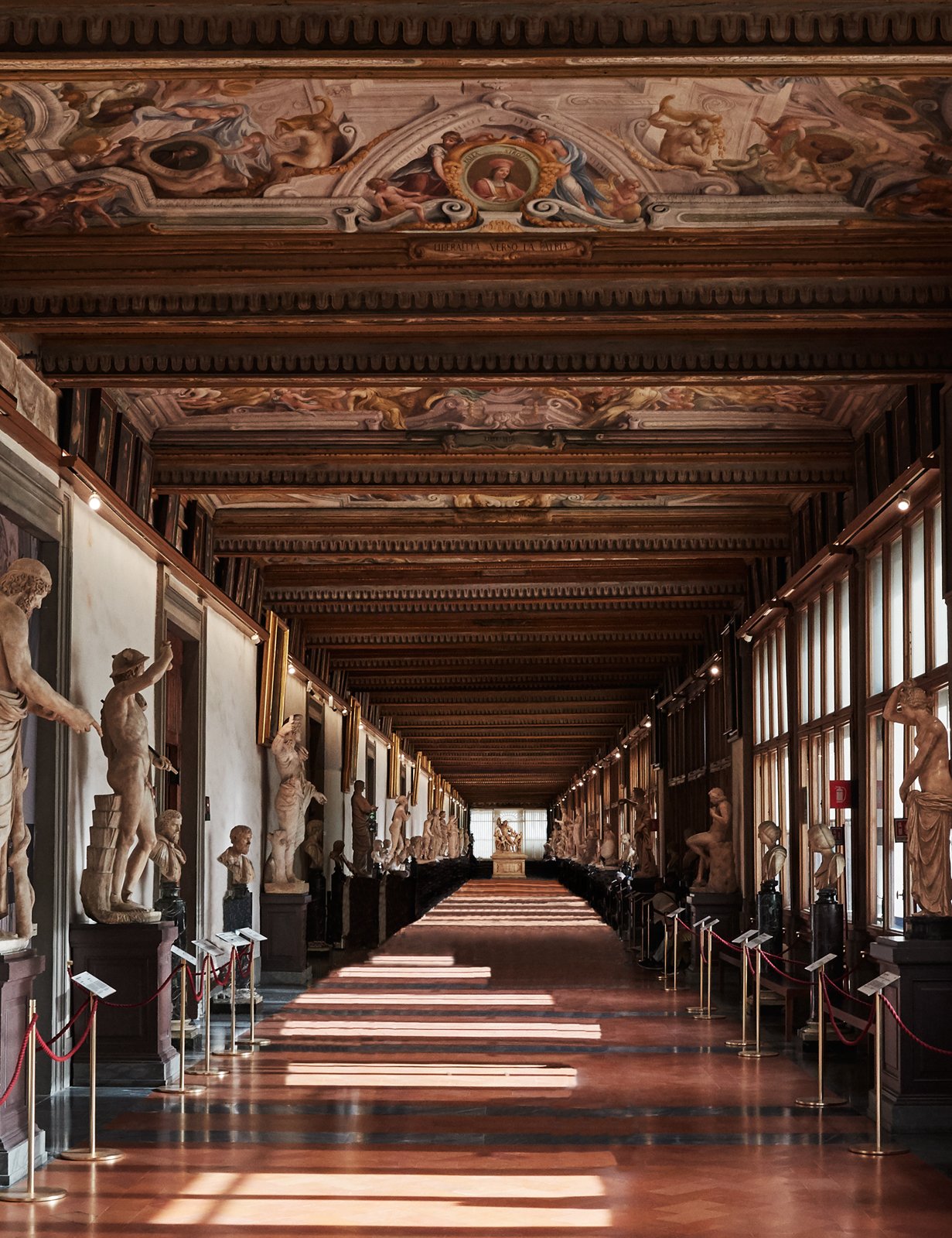Art Days / Immersive Museum Experiences
Category: Art & Architecture
Some museums are light as a spring day – you enter and ten, twenty minutes later, you’re done. If you stay for a coffee at the museum café, you might be able to prolong the experience by another half hour. These are pleasant places and you usually visit them on your way somewhere else. Then there are the museums that are the complete opposite. Time-demanding, often in imposing buildings that seem to go on forever, with collections that span over both continents and centuries. These are destinations in themselves, places to get lost in, where you can spend an entire day without having seen everything (or even half of it). We’ve listed some of our favourite great museums, from Denmark’s Louisiana Museum of Modern Art to Florence’s iconic Galleria degli Uffizi, for inspiration on where to go for a truly immersive experience.
Victoria and Albert Museum, London
The origins of The Victoria and Albert Museum can be traced back to the Great Exhibition of 1851. During the first years, the collections covered both applied art and science. On the current site of the museum was a building called Brompton Park House, extended to suit the needs of the new museum. When it opened in 1857, it was the first museum of its kind in the world.
Already in 1858, the V&A extended their opening hours, made possible by gas lighting. This was to make sure that the museum and its collections were available also to the working class. The intent was to inspire visitors to become more interested in applied art and science, to boost the UK’s productive industry. The role of the museum was thus a practical one, integrated with the development of the Empire and adapting its industries to fit the needs of the future. In this way, the V&A was quite different from most other museums, where the perspective tends to be directed backwards in time.
Museums are generally places of collective memories, not platforms for building a better future, but the V&A was designed to be both.
One aspect of this was that the collection should be used for art education, which led to the creation of the Art Training School, later to become the Royal College of Art (which achieved full independence from the museum in 1949). It wasn’t until 1899 that the museum received its current name. Before, it was known as the South Kensington Museum. During the name-changing ceremony, Queen Victoria stated that, “I trust that it will remain for ages a Monument of discerning Liberality and a Source of Refinement and Progress.”
For more than a century, the V&A has remained one of the most significant cultural institutions in the world. Few other museums can match the historical significance of its collections, in combination with cutting-edge temporary exhibitions. In particular, they are known for their fashion collections, often taken on international tours after the exhibition period at the V&A ends. This level of quality can be maintained thanks to the large number of specialised scholars working full time at the museum.
In 1914, the museum was split in two, as the science department developed into a museum of its own, the Science Museum. Because of the many twists and turns in the museum’s history, where new sections have been added and parts of the collections have been transferred to other museums (the content of the Turner and Vernon Galleries transported to the Tate Gallery), the building feels like a massive maze.
The north range of the building was designed in the 1860s, inspired by Italian Renaissance, which is noticeable in the use of terracotta, brick, and mosaic. The north façade was intended as the main entrance to the museum, which is why it has such impressive bronze doors, with six panels depicting six important sciences and types of art, representing the range of the museum’s collections.
Thankfully, the building survived the Second World War with only minor bomb damage – the worst loss was the Victorian stained glass on the Ceramics Staircase, which was blown in when bombs fell nearby.
Louisiana Museum of Modern Art, Humlebæk
The name of Louisiana is based on a series of love relationships – the property was once the country home of nobleman Alexander Brun, who had been married three times, each time to a woman called Louise. This is why it was named Louisiana, which the founder of the art museum, Knut W. Jensen, overtook when he purchased the building.
Two words are recurring in the many texts on the experience of a visit to Louisiana: “coherence” and “kindness”. The Louisiana Collection currently comprises 4,000 artworks and focuses not on a complete chronology of art history but rather on certain groups of work and specific artistic periods. Many associate it particularly with its collection of Giacometti-sculptures, but it also includes important works by Louise Bourgeois, Yves Klein, Andy Warhol and David Hockney, among many others.
Louisiana is not only known for its art but also for the building in which the art is displayed. The architects, Jørgen Bo and Wilhelm Wohlert, were asked by Jensen to design the museum building around the old villa, carefully linking the new additions to the already existing spaces as well as with the natural surroundings, without disturbing what was already in place. Louisiana opened in 1958, and since then, the building has extended into the surrounding park at seven different times, each time overseen by architect Claus Wolhert.
The first part of the building is known as the North Wing and includes the famous Giacometti-room with a view of the lake. Even today, there is still a particular resonance in the space for the visitors – a sense of calmness and peace.
Inspiration for the museum was found in a combination of cultures, including American, Japanese and European design traditions. As Wohlert had studied at the University of California at Berkeley, he had become acquainted with the particular style of Bay Area architecture, characterised by the wooden houses in San Francisco Bay.
At Louisiana, there are also distinct references to the traditional simplicity of Japanese building style, viewed through the mid-century modern-style that was emerging in Denmark at the time.
Located in Humlebæk, just a few train-stops north of Copenhagen, the space is so vast, and the exhibitions are often so ambitious, that one can easily spend a whole day here, without even seeing everything on display.
In the summer, it is also possible to go for a swim in the sea just below the museum.
On the other side of the Sound, you can catch a glimpse of the most southern part of Sweden, as well as the island Ven, once home to astronomer Tycho Brahe.
For many who visit the museum, what draws them to the space is in equal parts the art and its particular atmosphere, where the blurring of outside and inside through glass walls and sense of lightness is an important component. The walls are long and whitewashed, the structures are exposed, the ceilings are laminated wood, while the floors are made from deep-red tiles, which has inspired several buildings, designed in the spirit and style of this place.
The park includes 45 sculptures, all part of the museum’s art collection. These sculptures are also one of the reasons that the museum is interesting to visit regardless of time of year, as being in the park and viewing its sculptures will appear as completely different experiences at different points in time. The sculptures are placed in a way that allows for them to interact both with the architecture of the site, as well as with the surrounding nature.
Similarly, there are site-specific artworks, including Richard Serra’s “The Gate in the Gorge” and George Trakas’ “Self Passage”, today concrete parts of the terrain.
Museu Nacional d’Art de Catalunya (MNAC), Barcelona
Located on the hill Montjïc, close to several other cultural institutions, the MNAAC was constructed for the International Exposition of 1929. Five years later, it was transformed into an art museum, specialising in the mediaeval era. Today, it also houses Romanesque art, as well as the development into art.
To visit the museum is to successively learn about the different movements in art from a historical perspective, seeing how one morphs into the other, as you go from one room to the next. Its particularly famous for its collection of Romanesque church paintings, as well as the examples of Catalan art and design from the 19th and 20th centuries.
One of the great things about the museum is that it showcases aesthetic expressions not only in art but also in religious motifs as well as in furniture and graphic design. This way, it showcases how different materials and ideologies have affected the shape of both things and artworks through different eras.
Church paintings were a way of telling religious stories during a time of widespread illiteracy, while also emphasising the enormous influence and power of the church. The Art Nouveau-inspired modernisme-movement shied away from the straight lines of the industrial era and preferred organic shapes, to at the same time celebrate nature and craftsmanship while denouncing the technological advancements of the modern age. While you pass through the artefacts and objects on display, you will see the ideological struggles of the past, played out in the shapes of artworks and exclusive everyday objects.
The majestic, Italian-styled building is of major proportions (and the museum is one of the largest in Spain), mirroring the models of academic classicism of the period within the ambit of the universal exposition.
The large dome was inspired by St. Peter’s of the Vatican, while the two smaller domes on either side found inspiration in the Cathedral of Santiago de Compostela. It’s possible (and recommended) to visit the enormous rooftop, from where you’ll have great views of the city.
Galleria degli Uffizi, Florence
Galleria degli Uffizi holds a mythical place in many people’s minds, a must for art-lovers to visit at least once during one’s lifetime (which can explain why it’s Italy’s most visited museum). It comes with an interesting history: Anna Maria Luisa de Medici was the last of her family. When the family line was about to end, she negotiated an agreement with the city of Florence, and had the family’s art collections donated, to be put on permanent display in the Uffizi.
The gallery has been open to visitors (though by request only) since the 16th century. In 1765, it was officially opened to the public and in 1865, it was turned into a museum. The building complex had a close connection to the Medici Family, designed by Giorgio Vasari (in 1560) for Cosimo I de Medici. In short, the buildings held his offices, which is also what “Uffizi” means in Italian.
Already in the 16th century, the top floor was reserved for a gallery, used by the family and their guests (and centred around the family’s collection of Roman sculptures). Other artistic treasures belonging to the family were on display on the piano nobile – visiting this space was a highly sought-after attraction of the Grand Tour of young European noblemen.
The cortile is so long, narrow, and open that many historians consider it the first regularised streetscape of Europe. Vasari, who was not only an architect but also a painter, emphasised its perspective by adorning it with the matching facades’ cornices, creating a sense of elongated symmetry.
Most people who visit the museum are only dimly aware of the building’s history and affiliation with what was once one of the most powerful families in the world. Neither do they care about the building itself: Most visitors come to view some of the finest masterpieces in the history of art. The museum has so many invaluable artworks that one day would not be enough for a thorough visit.
Among its key works are Caravaggio’s Bacchus, Medusa and Sacrifice of Isaac; Leonardo da Vinci’s The Annunciation and Adoration of Magi; Michelangelo’s The Holy Family, and Sandro Botticelli’s The Birth of Venus.
From the terrace, where you can take a well-deserved break while enjoying a cup of coffee or lighter meal, you will have unmatched views of the city, including seeing Duomo from the above.





























